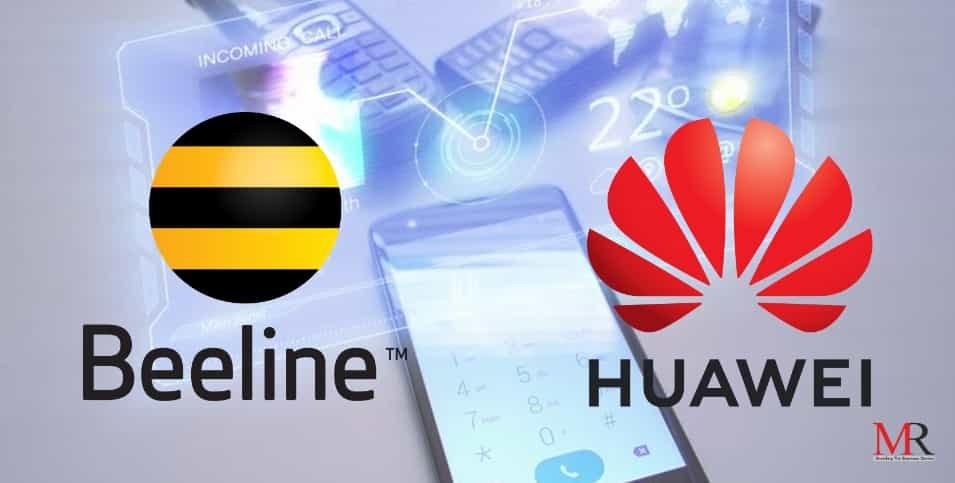Beeline and Huawei will conduct a demonstration of 5G Holographic call in Russia
Beeline and Huawei held a demonstration showcasing the latest fifth generation (5G) mobile connection technologies. The Moscow Museum exhibition hall was used as the demonstration zone and the dialogue between the speakers was conducted using a hologram – a digitized image transmitted through Mixed Reality glasses (MR).
Holographic communication technology requires high bandwidth and low latency, which will only be made possible by the mass deployment of 5G networks. During the demonstration, the companies used frequencies between 26,600–27,200 MHz that had been temporarily allocated to Beeline. This spectrum range is within the 3GPP standardized band n258.
Beeline and Huawei also demonstrated a practical 5G virtual reality (VR) use case using an online broadcast from a 360-degree camera housed in a VR helmet. The technology can potentially be used to enhance user experience in terms of remote travel.
5G Holographic call demonstration
A commercially available Huawei 5G base station – the gNodeB – was used to make the holographic call. The base station consists of an active antenna array (HAAU 5213) and a new generation of BBU5900 digital processing module with a 5G board. The radio interface uses TDD mode in the 100 MHz frequency band and MIMO 64×64 technology. One of the first commercially available 5G CPE devices based on the Huawei Balong5G01 chipset is selected as the subscriber terminal, which includes an RF module (ODU) and 5G/WiFi router (IDU).
Aiden Wu, CEO of Huawei in Russia, said, “Our cooperation has been extremely productive, which today’s demonstration has quite clearly shown. We will continue working together to bring the implementation of a new communication standard closer to becoming a worldwide phenomenon and speed up the process of creating new technologies and services based on this standard.”
Vasyl Latsanych, CEO of PJSC VimpelCom (Beeline), said, “The rapid development of modern technologies sets a precedence for operators to provide subscribers with high-quality mobile communications at high speeds. That’s why Beeline is already preparing its network infrastructure and is conducting research on how to make a rational transition to 5G technologies. We simply wish to offer our subscribers an understanding of how such technologies can become an integral part of their daily lives, and how they can simplify and improve their user experience. That is why it is growing increasingly important for Beeline to test real business use cases and explore the potential client capabilities of fifth-generation mobile technologies.”















